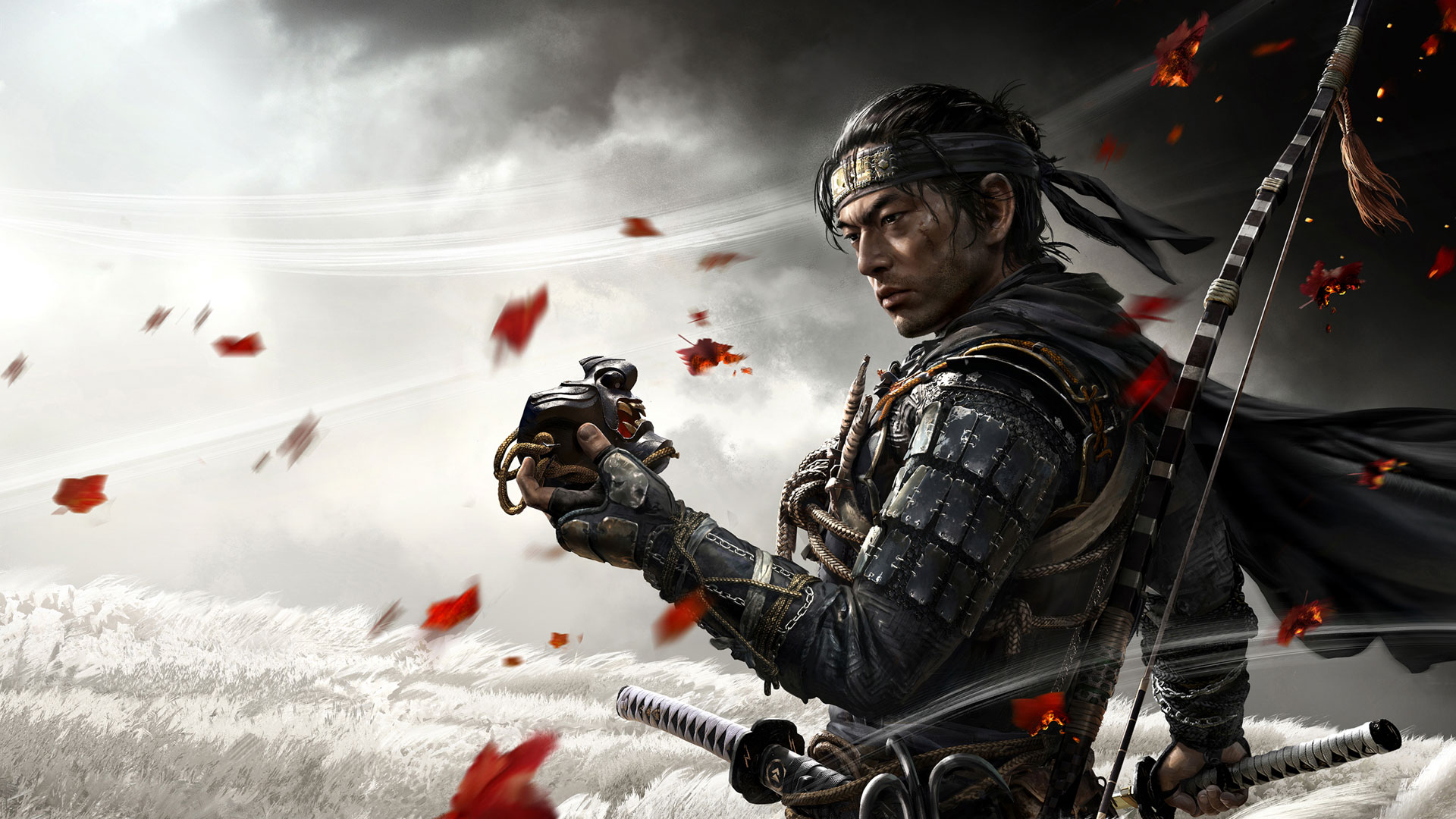Table of Contents Show
There is an emptiness to living. This emptiness does not need to be an unpleasant thing, but it is a fact that there are ever-present voids in our daily lives. They can be the kind created by a quickly-made absence or the kind that is rushing to be filled. Maybe it is the kind that was always there, unnoticed and yet glaringly obvious once looked at straight on. When, though, has an empty space ever been left alone for so long? Mono no aware is a Japanese aesthetic concept that attempts to acknowledge and appreciate these voids and especially the feelings they stir up.
Sucker Punch Productions’ “Ghost of Tsushima,” released this past July, is a video game that strives to capture these feelings that the Japanese call aware. Mono no aware is difficult to translate, but it is best said in English as the “‘pathos’ (aware) of ‘things’ (mono) (( Parkes, Graham, and Adam Loughnane, “Japanese Aesthetics,” The Stanford Encyclopedia of Philosophy (Winter 2018 Edition), Edward N. Zalta (ed.). https://plato.stanford.edu/archives/win2018/entries/japanese-aesthetics/ )).”
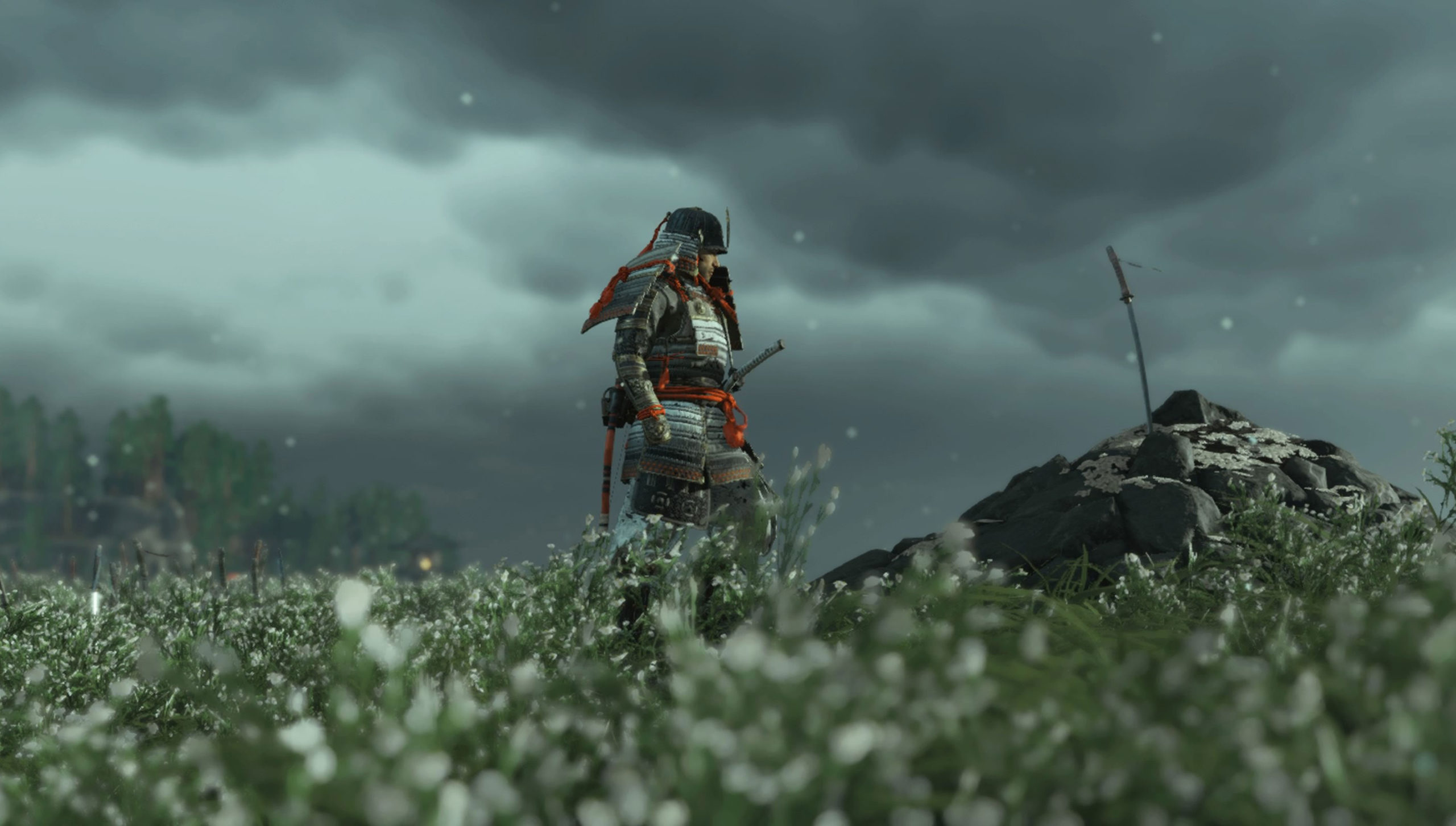
It is meant to be a bittersweet reflection on transience. It is a concept that asks one to revel in impermanence and soak in all the emotions — those both good and bad — that come from that revelry. It is a complex celebration of change and loss (( Parkes, Graham, and Adam Loughnane, “Japanese Aesthetics,” The Stanford Encyclopedia of Philosophy (Winter 2018 Edition), Edward N. Zalta (ed.). https://plato.stanford.edu/archives/win2018/entries/japanese-aesthetics/ )).
In the real world, the most popular example of mono no aware is that of the cherry blossom. As put in the Stanford Encyclopedia of Philosophy, “The blossoms of the Japanese cherry trees are intrinsically no more beautiful than those of, say, the pear or the apple tree: they are more highly valued because of their transience, since they usually begin to fall within a week of their first appearing. It is precisely the evanescence of their beauty that evokes the wistful feeling of mono no aware in the viewer (( Parkes, Graham, and Adam Loughnane, “Japanese Aesthetics”, The Stanford Encyclopedia of Philosophy (Winter 2018 Edition), Edward N. Zalta (ed.). https://plato.stanford.edu/archives/win2018/entries/japanese-aesthetics/ )).”
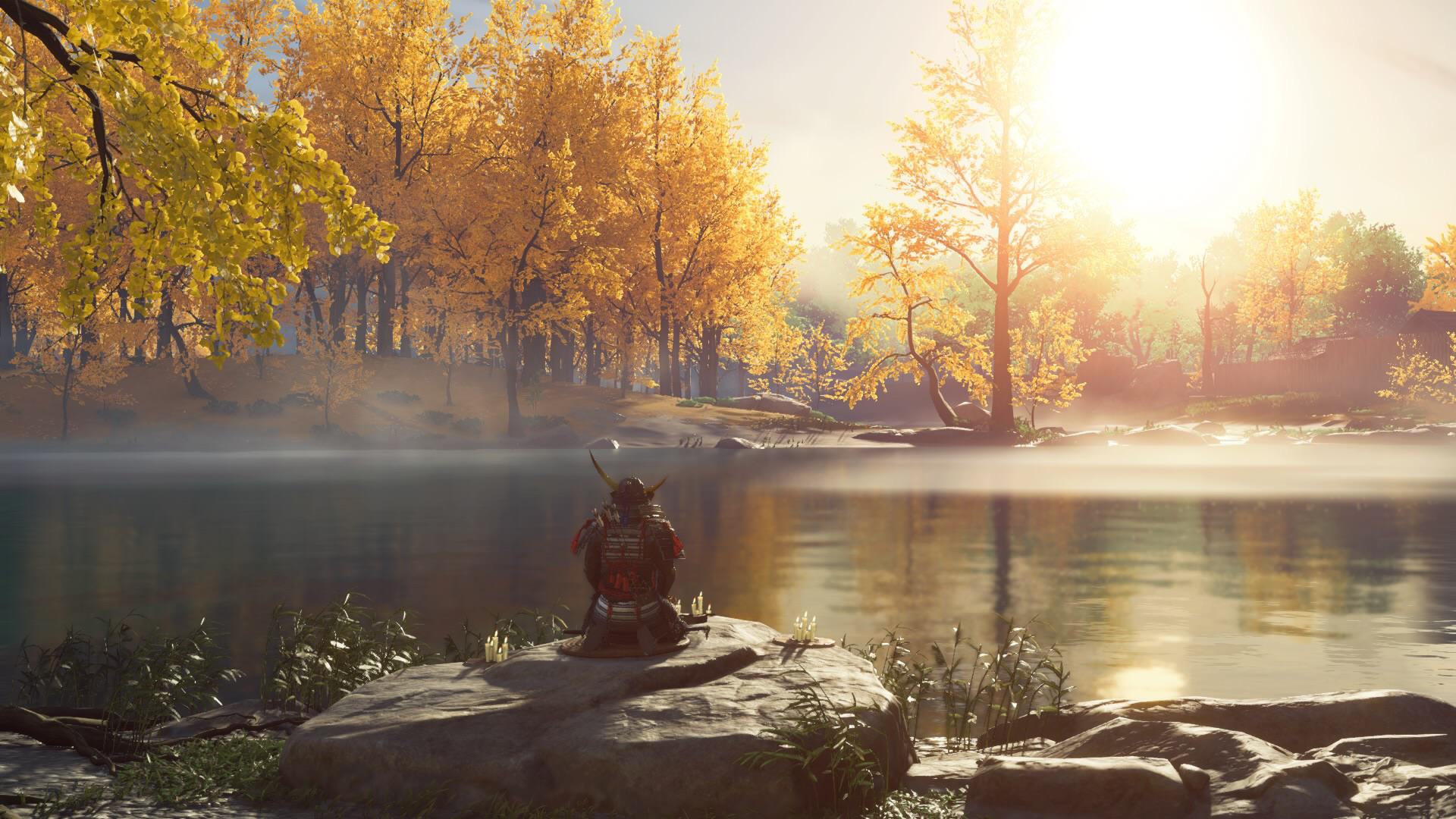
In “Ghost of Tsushima,” there is plenty of scenery that echoes the cherry blossom. There are vast, open fields of flowers, the burnt-out shells of farmhouses, and empty rock cliffs overlooking the deep blue ocean and sky that all echo feelings of aware. Accompanying this scenery is a samurai story that watches the fall of honor and samurai principles in its main character’s heart. Together it paints a picture of loss, growth, emptiness, and evolution. It is a tale of change and a tale of aware.
The Tale Of The Ghost Of Tsushima
“Ghost of Tsushima” tells many tales, but the main story is that of one Jin Sakai, a samurai devoted to his code of honor and his uncle, Lord Shimura, the jito, or steward, of Tsushima island. At the beginning of the game, the island is struck by a Mongolian invasion force, something that actually happened in the real world in 1274, though the game’s subsequent events never occurred. Being a loyal and honorable samurai, Jin is a part of the defending garrison, a garrison that gets absolutely slaughtered by the Mongols. Almost no samurai escape alive.

After the Mongols defeat Tsushima’s defenses, they kidnap Lord Shimura and quickly take over the lower portion of the island, setting themselves up to conquer the rest of Tsushima and then move on to mainland Japan. Jin is left for dead on Komoda Beach, the battle site, and would have died there if not for a thief named Yuna. She finds him amongst the corpses and nurses him back to health. From there, “Ghost of Tsushima” begins Jin’s tale in earnest, as he gives everything he has to save his home. In his first confrontation with the Mongols’ leader, Khotun Khan, he realizes how much time and effort the Khan has put into learning the ways of the samurai so that the Mongols may more easily defeat them.

Jin realizes that he too must learn and grow if he is to trounce the Mongolian forces, as the Khan easily defeats Jin and tosses him off a bridge at the end of their battle. Barely escaping with his life, Jin resolves to begin developing new tactics to combat the Mongols and the Khan’s prowess. However, these tactics, though effective, often defy the samurai code of honor.
Honor And Glory
“Ghost of Tsushima” presents the samurai code as something rigid and intense. In battle, it requires one to face their opponents head-on, unafraid and unrelenting, even should the opposition be overwhelming and death certain. Jin’s strategies, however, often revolve around stealth and subterfuge, backstab, and poison. These tactics are incredibly strong; Jin easily cuts down Mongolian forces and saves countless lives using them. However, they are an undoubtedly dishonorable way to fight.
For Jin, this lack of honor is terribly hard to accept. Actions like slicing Mongol throats from behind and poisoning garrisons of people are not just brutal, they are criminal, and they go against everything he has been taught, everything he has ever valued. At the same time, however, it is obvious that the way of the samurai will fail against the Mongols and will result in the destruction of Tsushima’s people. Each frontal assault, every orderly battle that Lord Shimura prepares, inevitably fails horribly and results in lives lost and victory hindered. It is only when Jin steps in as the dishonorable samurai, as the Ghost of Tsushima, that victory and safety is assured.
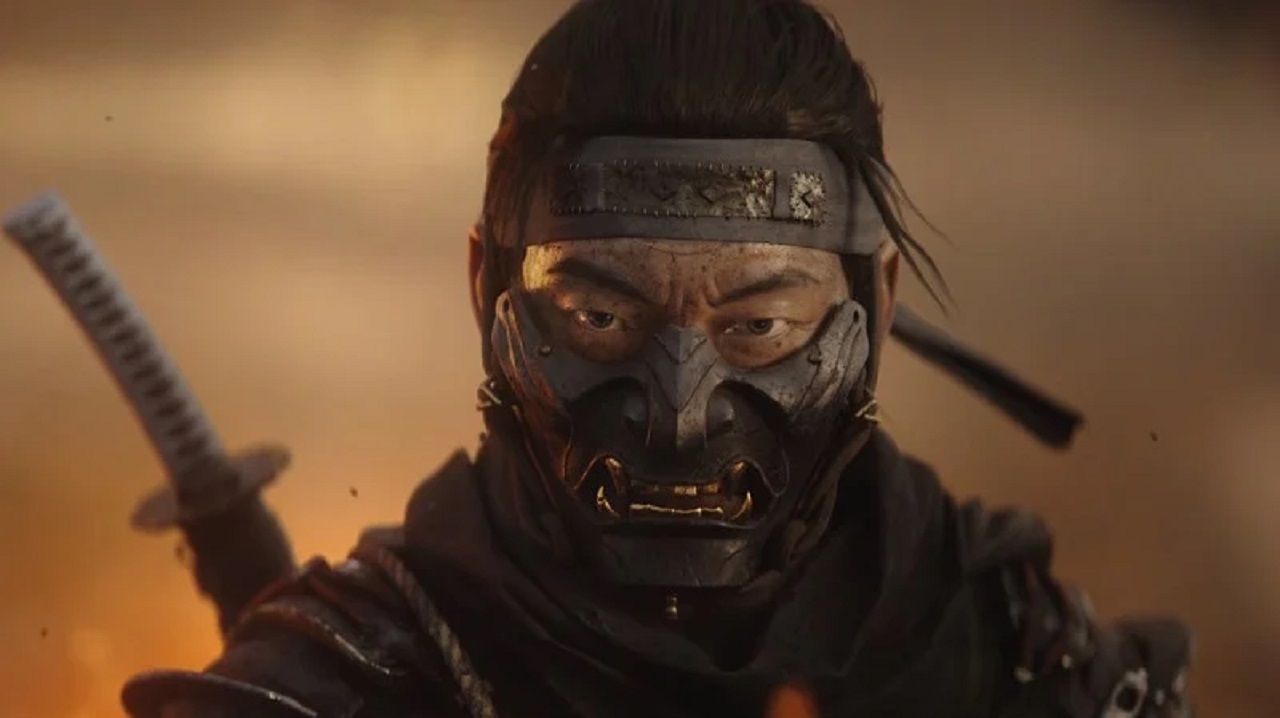
It is in Jin’s internal struggle with his choice to change, to give up the samurai code of honor, that the player can see the most obvious inklings of aware in the narrative of “Ghost of Tsushima.” However, it is not in the moment that Jin chooses to change that mono no aware first becomes present in “Ghost of Tsushima.” It is not even during Jin’s fight with the Khan, only an hour into the game. No, it is first represented on-screen when the player watches Jin almost die on Komoda Beach.
To Be Reborn Is To Evolve
Jin’s first death scene is intense, to say the least, and though he does not fully pass on, it is still a death, in a sense. Though he is saved from truly dying, that day on the beach represents the death and subsequent rebirth of not just Jin, but of his entire world. He and it have become new and strange and are essentially something completely separate from what once was. A loss has occurred, and what has come to fill its void is a foreign evolution.
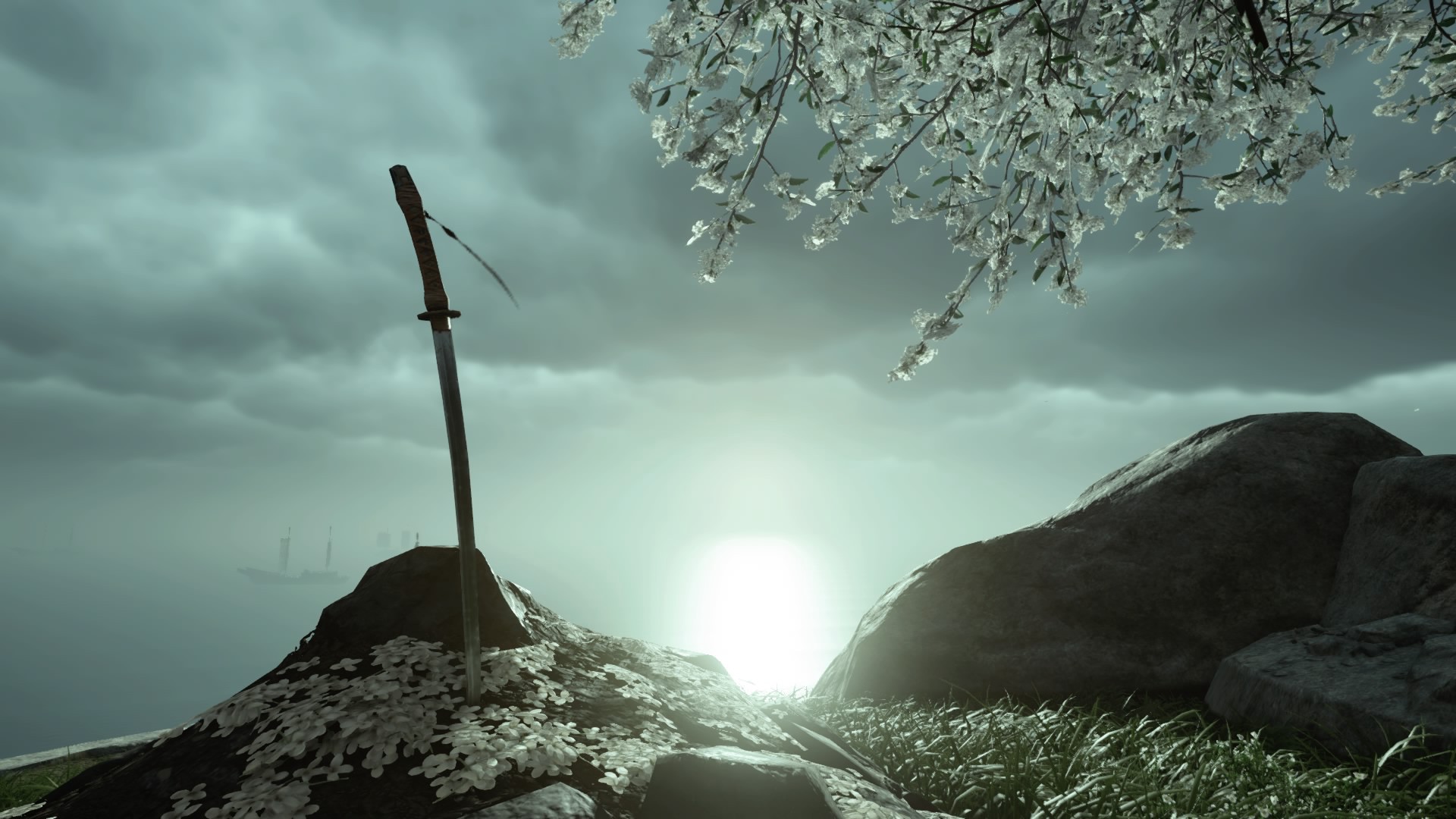
Remembering that moment, and the many moments before it, when the world was different and when Jin’s life was less confusing, more honorable, often calls to mind the bittersweet wistfulness of aware. There are many flashbacks in “Ghost of Tsushima.” All call to a time before the Mongolian invasion, before Jin had to don the mantle of the Ghost of Tsushima, and each instills that same bittersweet wistfulness in the player.
It is a soft, gentle sadness for something that can no longer be, and it rests beside a love and appreciation for what once was. More scenes of rebirth occur throughout the tale of “Ghost of Tsushima” as the story develops and as the world continues to change. Something new is always appearing around the corner, and something else is always fading from view. That is mono no aware.
Finality Isn’t Final
It is not just the moments of symbolic death and rebirth that encourage the feeling of aware in “Ghost of Tsushima.” It is not just the moments of silence the player experiences as they ride through Tsushima’s island countryside, either. It is not only in watching fronds of pampas grass sway in the breeze or be burned to a crisp. It is not only in seeing a single ronin stand amidst a field of scarlet spider-lilies, awaiting a duel that will bring either him or Jin death.
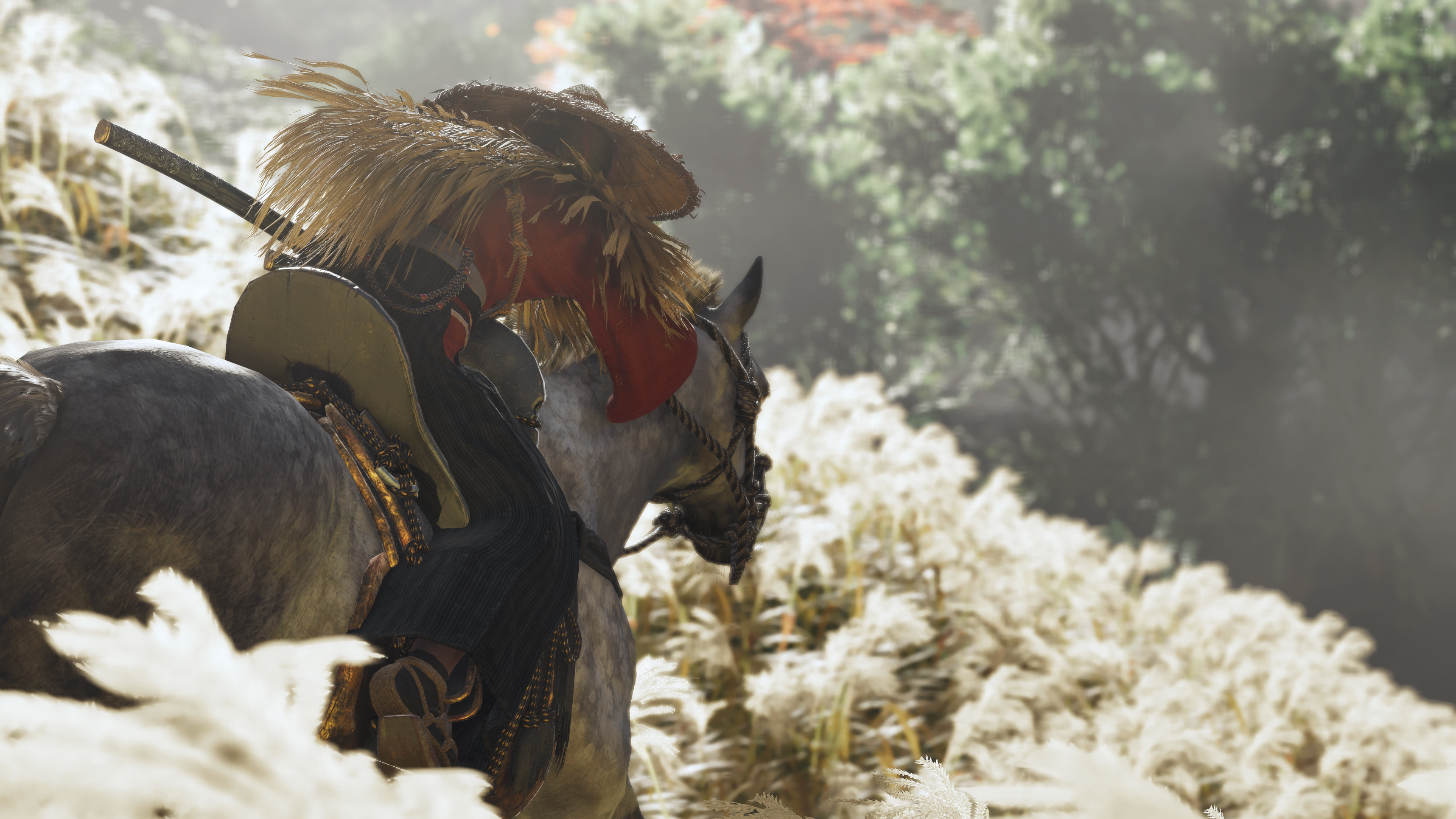
It is not only in watching Jin’s uncle, Lord Shimura, prepare to fruitlessly throw another battalion of samurai against an impassable gate, or in watching Jin’s mounting rage at his uncle’s seeming callousness toward the lives of his men. It is in all of them combined, and more, as they engender in one a sadness for what is gone and a fondness for what might be.
“Ghost of Tsushima” makes sure to deliver these emotions time and again throughout, but it all culminates beautifully in the final moments of Jin’s journey. This is not when Jin defeats the Khan or when Jin confronts his uncle about his rigid adherence to the samurai code. It is not in the final and only choice in the game, where Jin may choose honor over everything and give his uncle a warrior’s death, or deny the code and leave his only living family member alive. It is after that, in, of all places, the post-credits scene.

During the credits, no matter what Jin chooses, players receive a trophy for completing the game, aptly titled “Mono No Aware.” After the credits, they see Jin in the new home he has made for himself. It is a hideout from the law, for even though he saved the island of Tsushima from the Mongols, his methods as the Ghost of Tsushima have caused the shogunate to consider him a criminal.
It is filled with memorabilia from his journey through the story of “Ghost of Tsushima.” As he exits his hideaway, he encounters Yuna, the thief who rescued him from the beach, now a trusted and beloved friend. She reminds him that there is still much to be done about the Mongols before leaving him alone to continue his work as the Ghost of Tsushima.
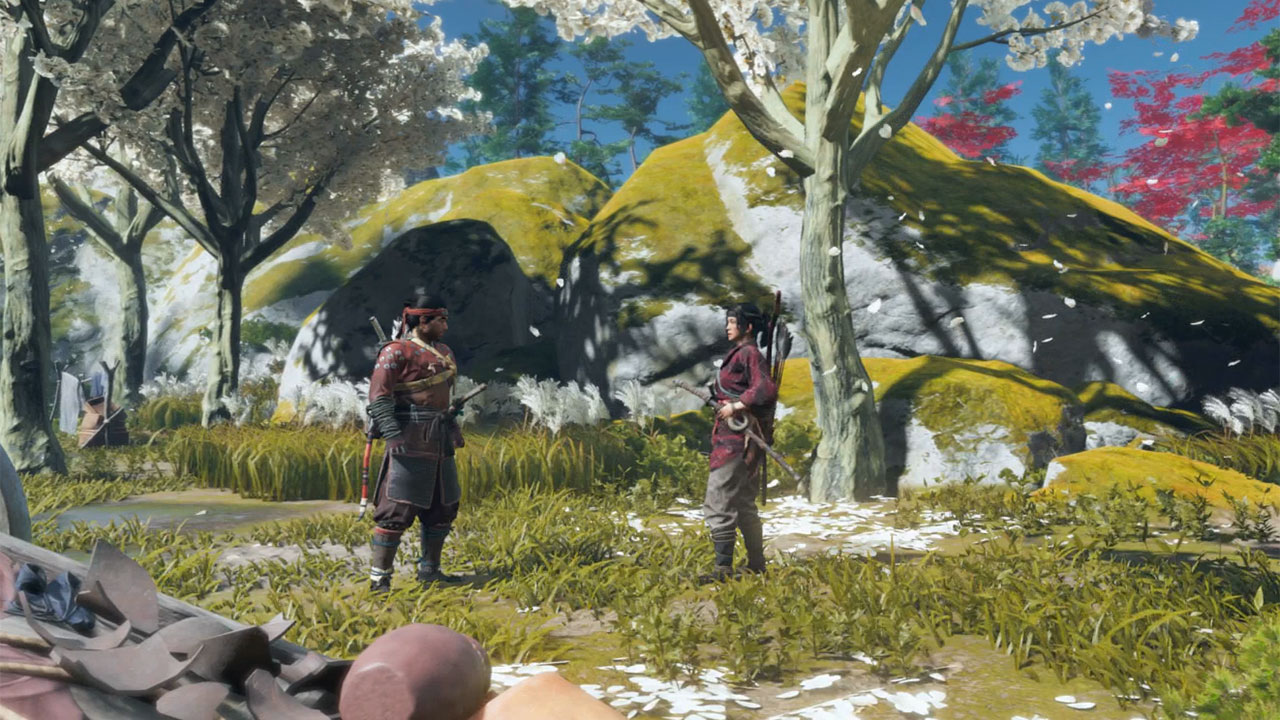
This final scene, which leads into the post-game for “Ghost of Tsushima,” is steeped in symbolism and metaphor, but most interesting is the fact that both versions of it — the one after Jin kills Lord Shimura, and the one after he doesn’t — are almost entirely identical. Yuna’s speech and Jin’s status as an outlaw are unchanged; the only things that are different are superficial, such as the location of Jin’s hideout or the color of his armor.
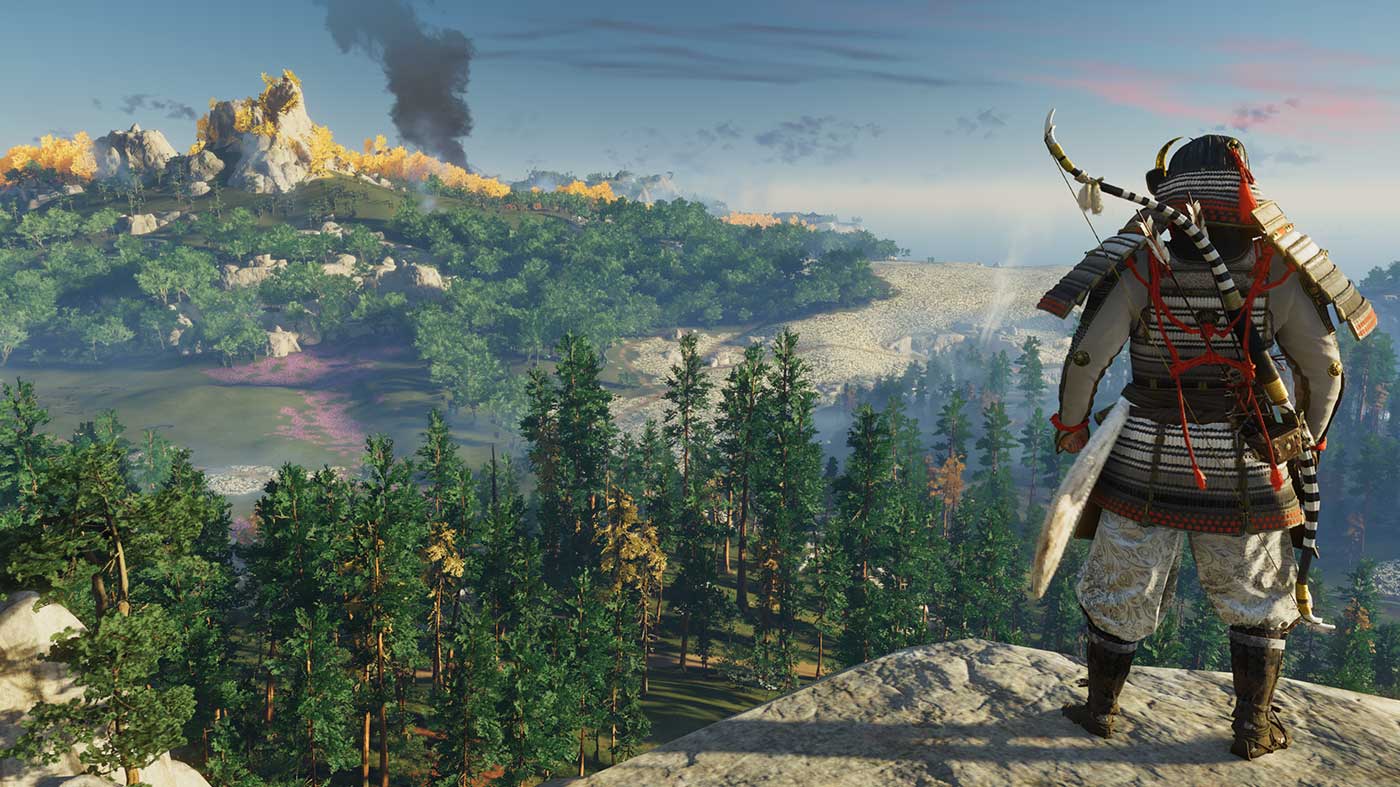
This is one final moment of aware for the player to experience. As they walk Jin through the many objects memorializing his journey before leaving them behind to face a changing world, there is no swell of music, no dramatic lighting, and no moving call to action. There is nothing but a peaceful look to the past and a gentle turn towards the future, whatever it may hold.
A Look Towards A Changing World
There is something cathartic about “Ghost of Tsushima.”Mono no aware conjures feelings that let one embrace, letting go in a way that is healing and yet still reverential. It teaches us that accepting loss does not have to be hard. It also teaches that it doesn’t have to be easy, either. It simply is, and somehow that lessens the pain of it all, as accepting it is accepting that loss is just the first step towards change. In short, life is full of emptiness, and that’s okay.
